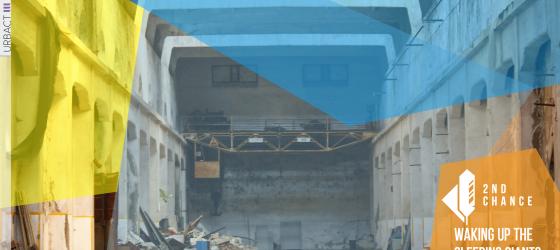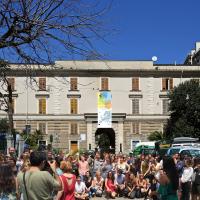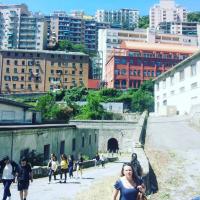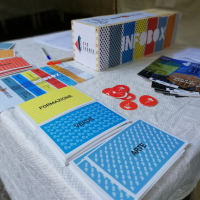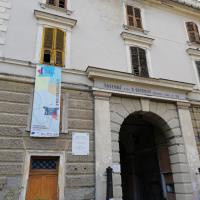Developing social innovation for the reactivation and reuse of abandoned buildings and sites can harness the opportunities they present for sustainable urban development in our cities. The reuse of abandoned or vacant urban spaces can serve as a catalyst for the socioeconomic and cultural revitalization of neighborhoods and cities, preserving heritage values, reducing land consumption, and promoting greater resource efficiency.
Current Italian and European research highlights that practices for reactivating abandoned buildings reveal new rules ready to be shared with local policymakers. A general inversion of the relationship between container, building, and its contents, functions, and uses, along with the necessary involvement of local communities in these processes, indicates new pathways. This development calls for innovative tools where design plays a crucial role in engaging people in processes, defining possible actions through design methods, prototyping, communication, and dissemination of results.
The research project "2nd Chance: Awakening Sleeping Giants," part of the European international cooperation network Urbact III, aims to develop new reactivation strategies for abandoned buildings and complexes. This includes incorporating common goods into reuse strategies while applying gradual collaborative processes and temporary uses through community involvement to give them an active role in revitalizing these buildings.
The potential benefits of reusing abandoned spaces include creating community centers, playgrounds for children, socialization areas, or even commercial structures like shops or food markets. By transforming these areas into educational and recreational spaces, it is possible to prevent crime from taking control of these locations while fostering social interaction and community engagement.
Innovative solutions are essential as urban regeneration is a primary action encouraged by various agencies. Temporary reuse can stimulate processes capable of creating value both directly on the property and in the surrounding context. State-owned properties may host functions different from their previous or planned future uses for limited periods, thus becoming innovative tools aimed at maximizing property value while opening doors to new uses and development scenarios.
Overall, the goal is to mitigate costs, minimize risks associated with prolonged property disuse, enrich urban fabric with new initiatives, and propose alternative uses for public spaces that benefit citizens and the broader community.
Keywords
Temporary reuse, abandoned sites, urban regeneration, social innovation, community engagement.
ERC
SH5_4 Visual and performing arts, film, design
UrbAct
Dipartimento Architettura e Design | DAD
Università di Genova
Coordinators
Silvia Pericu, Christiano Lepratti | DAD
Anna Iole Corsi | Comune di Genova
Coordinatore URBACT Local Group
Chiara Olivastri, Guido Emilio Rossi | DAD
